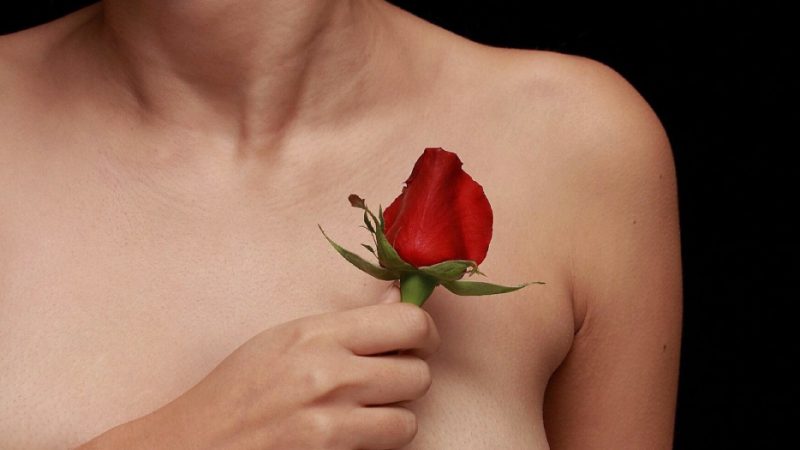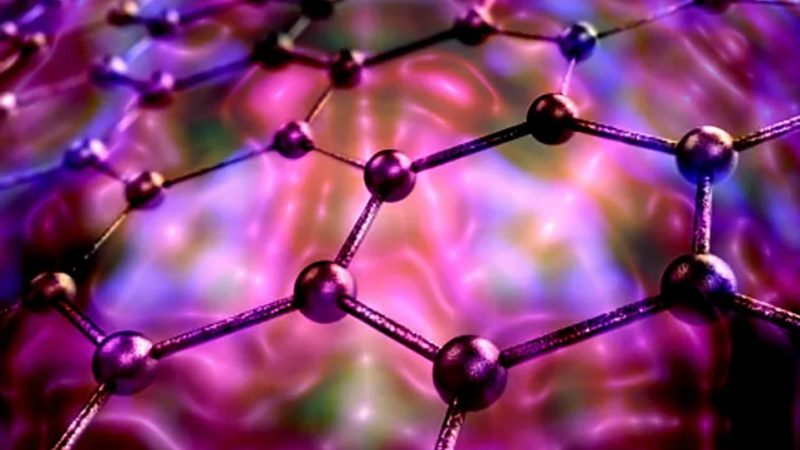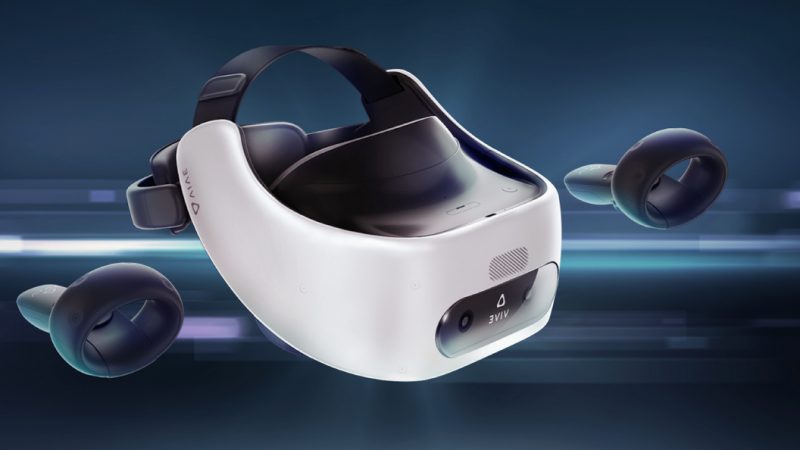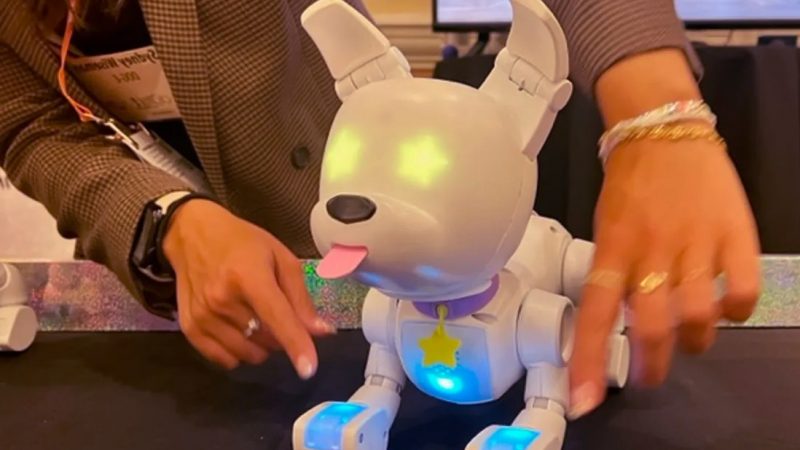Disney Researchers Created An Artificial Intelligence Tool (AI), That Instantly Makes An Actor Look Younger or Older in A Scene
In the advertising and entertainment industries, there is a growing trend to use photorealistic digital face re-aging in the video. Even for skilled painters, 2D painting can be tedious and time-consuming. Although facial image re-aging studies have attempted to automate this process, current methods could prove more efficient due to issues such as loss of face identity and low resolution. Also, inconsistent results over multiple video frames.
Disney researchers have created a groundbreaking age-shifting device to demonstrate the power of artificial intelligence in photo-realistically altering footage. It can transform an actor into convincingly older or younger without weeks and expensive CGI labor.

Proposed Methods
Disney’s R&D has created an artificial intelligence system that alters an actor’s age for a scene. Artists can still tweak the results by hand to make them look as natural as possible. However, the AI tool may do most of the work. The AI is capable of producing a single frame worth of aging effects in a matter of five seconds. FRAN, which stands for face-re-aging network, was developed by Disney researchers. It is a neural network that uses a large database of randomly generated synthetic faces at different ages. This allows the network to be trained without the need to search thousands of images of people of different ages with the same facial expressions, lighting, background, and pose.
FRAN also uses a technique to synthesize high-quality longitudinal aging data for face re-aging visual effects. This is the basic idea behind FRAN. It’s about finding a way to avoid the difficult task of annotating data. These picture collections are longitudinal and show people from different ages, races, genders, and angles. It is our goal to create several input-output pairs that show the same (arbitrary), identity at two different ages. Each pair will have the same facial expressions, stance, lighting, background, and lighting.
What does it mean?
The U-Net architectural design was modified by researchers to address the image-to–image translation problem. FRAN is constructed from paired synthetic data. It uses L1, perceptual and adversarial loss during training. Each pixel of the image to be re-aged receives an input and output age. This is in the form of a single-channel map. FRAN then receives this as part of the 5-channel Tensor. The U-Net creates the final re-aged image by superimposing RGB offsets (per-pixel RGB deltas) on top of the original. The network might anticipate the re-aging output by placing RGB offsets on top of the input image. This prevents severe loss of identity and allows the network to learn how to create faces under different expressions, views, lighting, and other conditions. FRAN’s good temporal consistency is a result of FRAN’s smooth transitions between time and video frames. FRAN is a production-ready, ideal method to adjust the ages of faces in video.
Next >>








